How to enjoy the refined sake of Itami and Nada Gogo
How to enjoy SAKE, ITAMI and NADAGOGO
What flavor characteristics does the refined sake of Itami and Nada Gogo have?
Itami Morohaku is made by using well-polished rice for both the rice used to make koji and the rice used in the moromi. It goes down smoothly and its acidity and sweetness are well balanced, earning it a good reputation in Edo (present day Tokyo) as 'kudari-zake.' Nada Gogo's sake brewed with mineral-rich water from Nishinomiya was also called 'otoko-zake' ('man's sake'), and it is notable for its light and refreshing taste and clean finish.
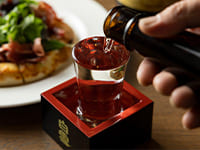
What foods pair well with refined sake from Itami and Nada Gogo?
Though this does not apply to all breweries and types of sake, many tend to be on the dry and refreshing side and are said to pair with all kinds of food. This of course includes Japanese food such as sashimi and simmered dishes, but it can even be enjoyed together with cheesy Italian food or steak. By drinking it at different temperatures (chilled, room temperature, or hot), you can also expand your range of pairings.
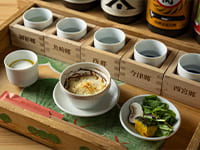
What are ways to enjoy sake aside from drinking it?
Sake can also be enjoyed by using it in cooking or sweets-making. Using it in simmered dishes helps prevent them from falling apart, while the flavor of sake can be enjoyed by adding it to baked goods. Also, adding just a tablespoon or two to your water when cooking rice will give it the kind of sheen seen from freshly harvested rice.
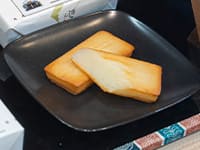
Are there any recommended ways of choosing sake when buying it as a gift?
If you're buying it where it's made, such as at a brewery, the gift will feel even more special if you choose a limited sake that can only be bought there, or sake that is only distributed at a certain time of year, such as shinshu or hiyaoroshi. We also suggest the Nada no Ki-ippon label, sake recognized by Japan's National Tax Agency Nada Gogo geographical indication as having passed certain requirements. Various breweries release it using the same name with different colored labels, so why not try a tasting of them?
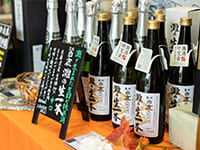
What should I be aware of when storing sake in order to preserve its taste?
Unopened sake can be enjoyed for up to about a year after its creation if stored in a cool place out of sunlight. As sake will continue to oxidize once opened, it's suggested that it be stored in a refrigerator and consumed within five days. For unpasteurized sake or ginjo sake with an enjoyable aroma, please store it in a refrigerator and drink quickly in order to preserve its taste.
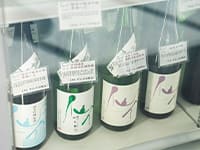
Research assistance: Sake Museum (Hakushika Memorial Museum of Sake)
